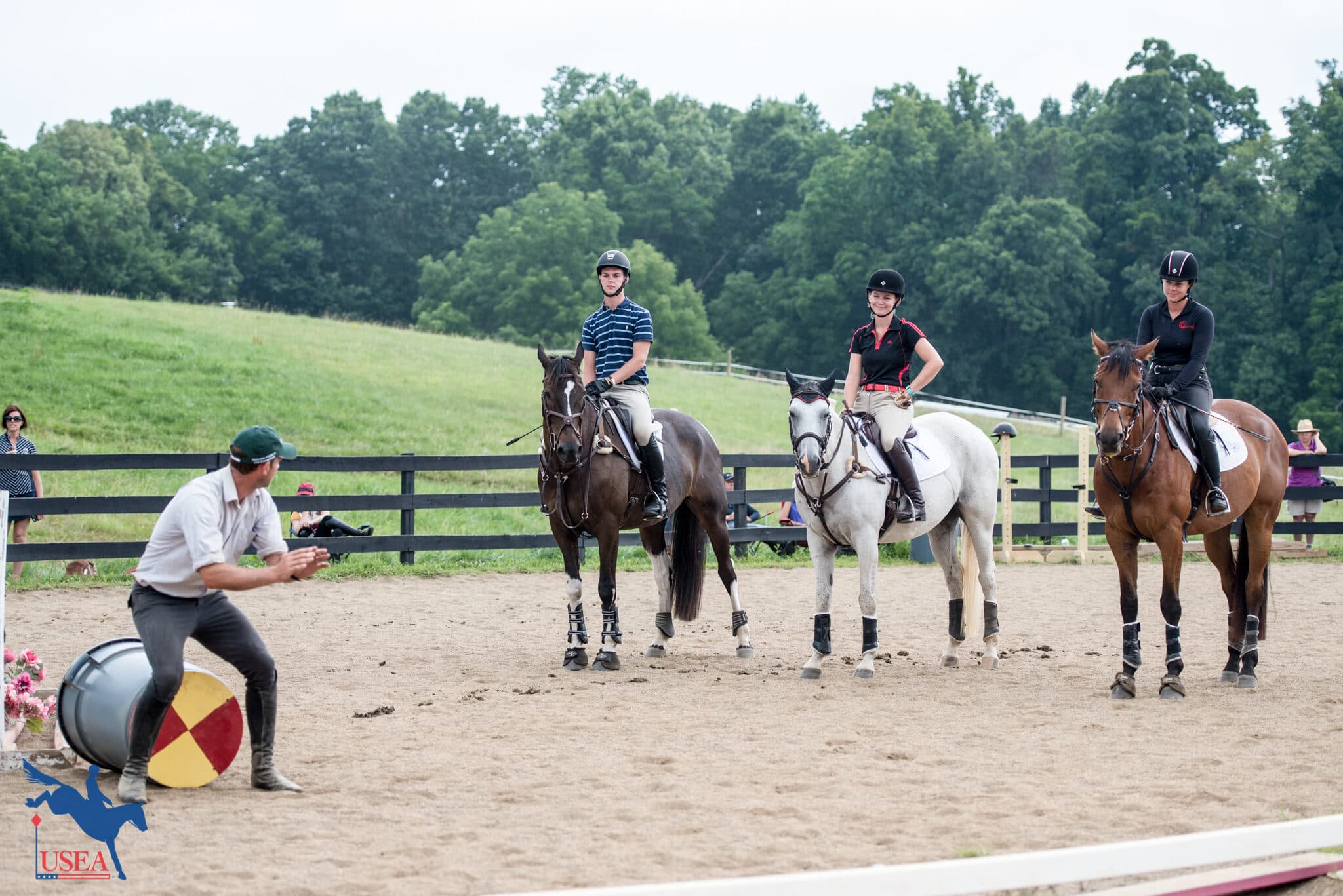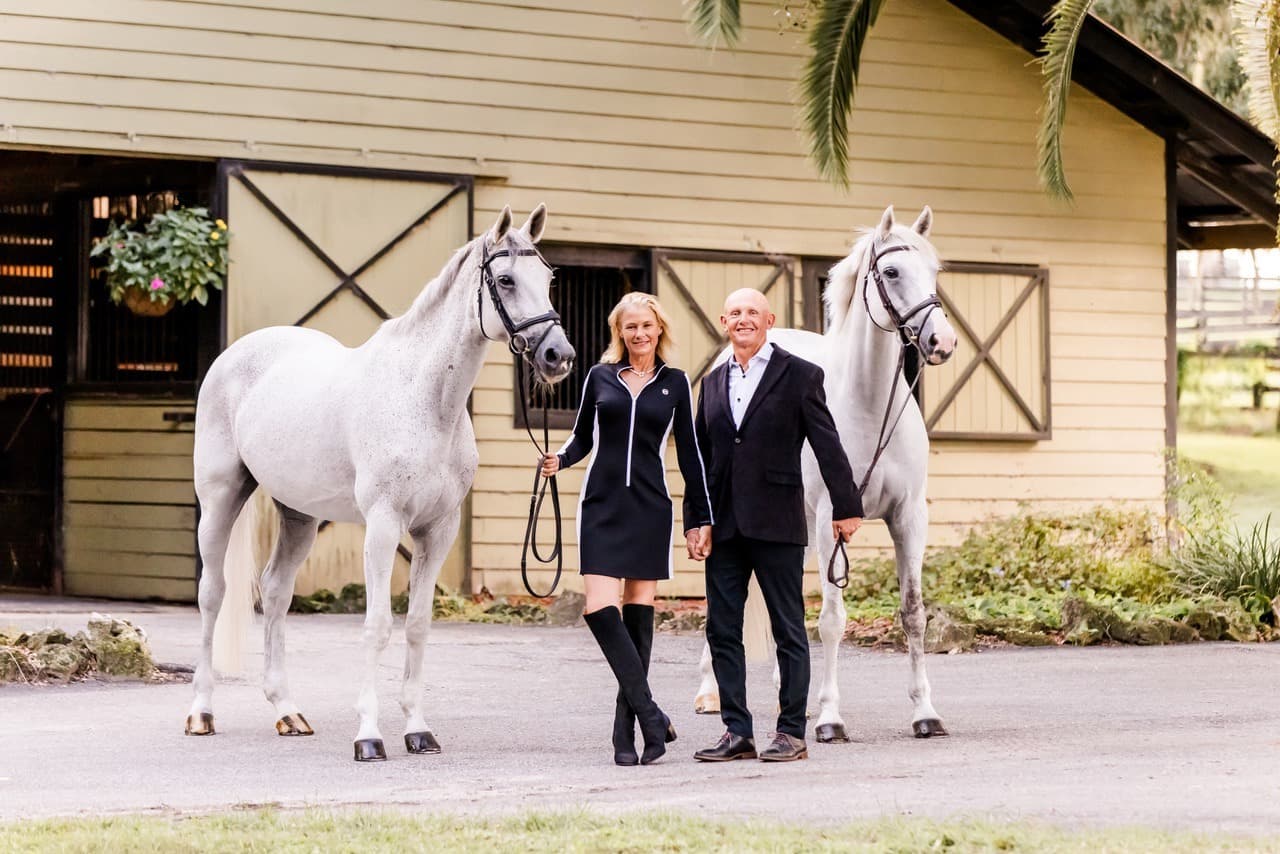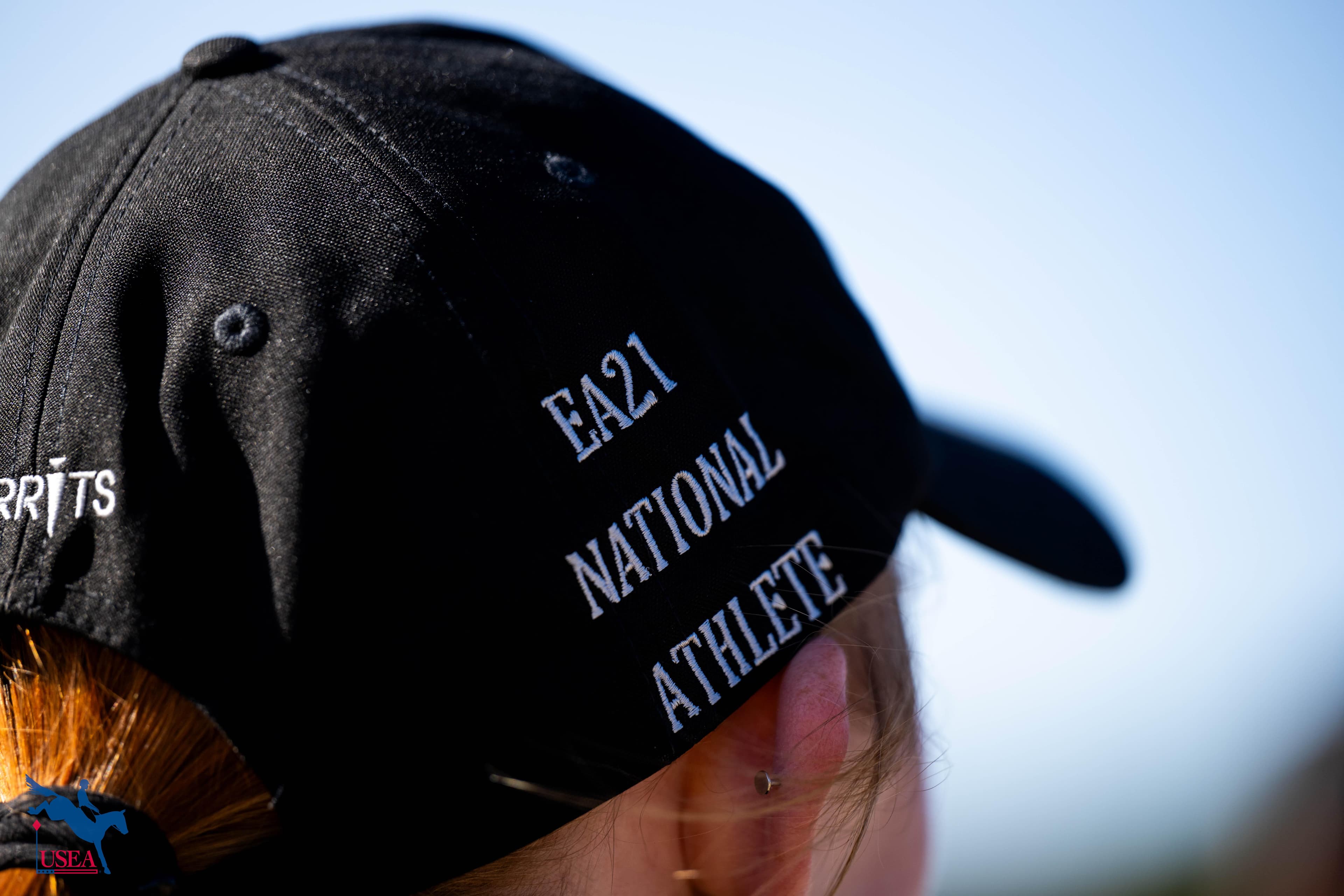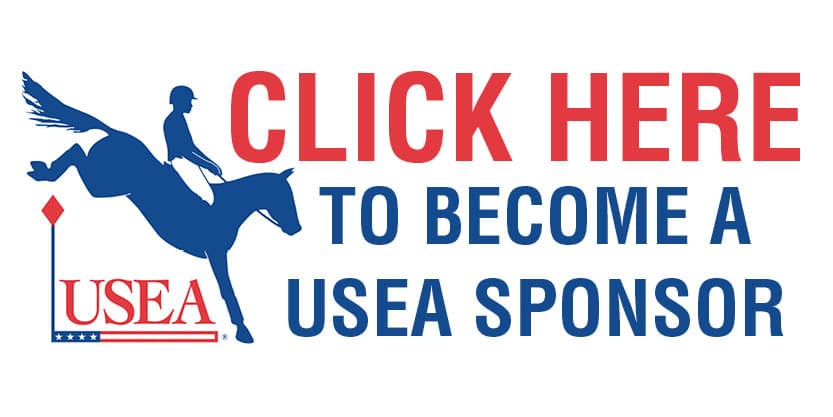Daniel Stewart's Tip of the Month: Super Model

Two months ago we began a four-part series about resiliency, the ability to bounce back after a mistake, mishap, or missed opportunity. The ability to hold it together when it would be completely normal to let it fall apart.
So far we’ve talked about creating resiliency by 1) teaching yourself to only focusing on things that you can control or influence, and 2) getting in the habit of always owning your successes and failures. This month, we’ll continue the conversation with a third method called modeling.
For lack of better words, modeling works a bit like the proverbial, “fake it until you make it,” because it’s a process where you observe someone who’s displaying the type of behaviors you believe will create success and then you replicate the thoughts, actions, and emotions that they’re using to create that success.
It’s important to understand that this doesn’t mean you should wish to be more like someone else or that you’re not as good as that person. It simply means that you’re taking a short-cut by noticing - and then modeling - what already-successful athletes have done in the past to create their success (instead of trying to reinvent the wheel).
It’s also important to remember all emotions and behaviors can be contagious. Some emotions you want to catch (like being able to finish strong after a slow start, or maintaining a sense of humor at a time when others might become tense) and some emotions you want to avoid (like directing anger towards your horse or blaming mistakes on others). In the end, everything everyone does can be contagious, resilient riders just notice and recreate the positive behaviors that they observe in others.
Spend enough time modeling the positive behaviors of resilient riders and before long you might just end up becoming the kind of rider who others look toward when it comes to their own modeling.
In the end, always remember that the only rider you need to better than today, is the rider you were yesterday!














